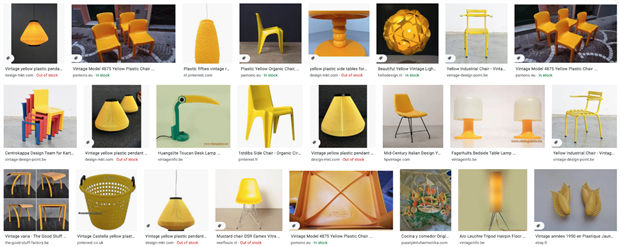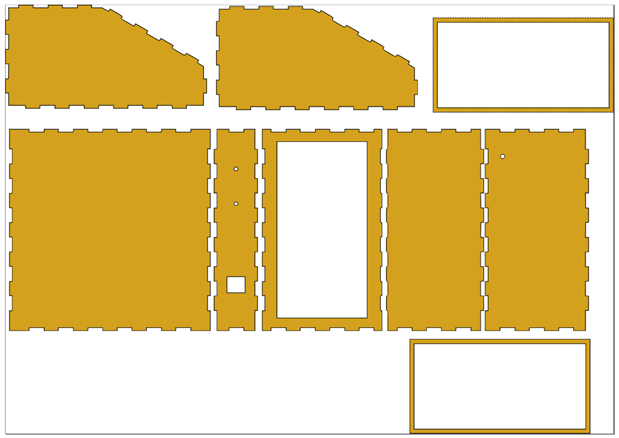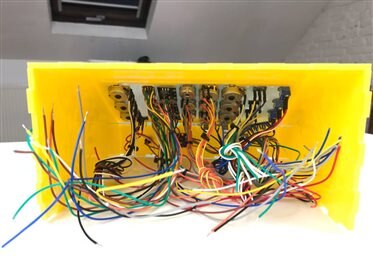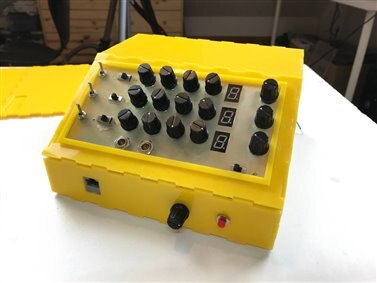Links to the previous parts
Why a Case Now
The idea of this Vintage-Modern-Upcycled-Modular device (wow! So long) is a set of modules connected together designed in a way easy to reproduce, as well as making partially. This first prototype is designed in the simplest way, using the popular Fritzing circuit design tool and PCB prototyping boards but aims to become something more stable with its own series of well-designed circuits with Altium and professionally-made PCB. For the same reason, I have designed – and solved the respective issues – several circuits modules connected together. The availability of multiple modules makes it easier to organize the spaces inside the box case; at this point in the project, it is essential the case design available to better organize the distribution of the spaces.
There are some assumptions I had to consider in the design:
- The main control panel should be easy to manage
- Wiring to the external component (the vintage radio in this case) should be simple and easy to connect
- The case size and geometry is conditioned by the analog control panel (including some old-school digital parts)
The above image is the first draft showing the initial idea of the case and some quotes; The form-factor remained almost the same – but, in my opinion, more pleasant now – while the main controls and connector have been moved in a more ergonomic position. I chose to make the case laser-cut using a 3 mm sheet of perspex from Kitronik, yellow color. The color shade of the acrylic laminate fits very well with the classic yellow color palette of the 60-70s' vintage design creating a good contrast with the blue baby color of the BUSH radio.
Above: the yellow color in a retro-palette (source: color-hex.com) and some examples of vintage designs in yellow
Design
To design the parts for laser-cutting boxes and cases, I frequently used the online tool https://en.makercase.com/#/ but this site has a big limit to create only regular polygons or square/rounded boxes. Investigating online for alternatives I found a very interesting alternative: boxes.py This site is an online tool supporting a wide variety of boxes, cases, rounded boxes, consoles, all parametric; not only but if you have special needs the site uses a Python library available on GitHub. The APIs of this library permit to manage a lot of buildings as well.
Below: the components created with boxes.py to build the synth console.
I should credit Ingegno Maker Space (and M.Cristina Ciocci) for the availability of their professional laser cutter.
Assembling
Just in case, I have also cut a copy of the console case with 3 mm plywood to make experiments if some adaption was needed. As shown in the image below, the result of the parts generated with boxes.py was excellent and no further changes were needed.
Using two thin frames glued inside and outside the square hole of the front side of the case I fixed the main control panel after I have pre-soldered all the wires that will be connected to the boards.
Above: inside and outside view of the case with the control panel assembled.
Everything is ready to assemble the circuits and connect the PCB modules inside. A question still has no answer: what is the RJ45 connector?
If you want to know the answer, stay in touch, the next part will follow soon!








Top Comments
-

phoenixcomm
-
Cancel
-
Vote Up
+3
Vote Down
-
-
Sign in to reply
-
More
-
Cancel
Comment-

phoenixcomm
-
Cancel
-
Vote Up
+3
Vote Down
-
-
Sign in to reply
-
More
-
Cancel
Children